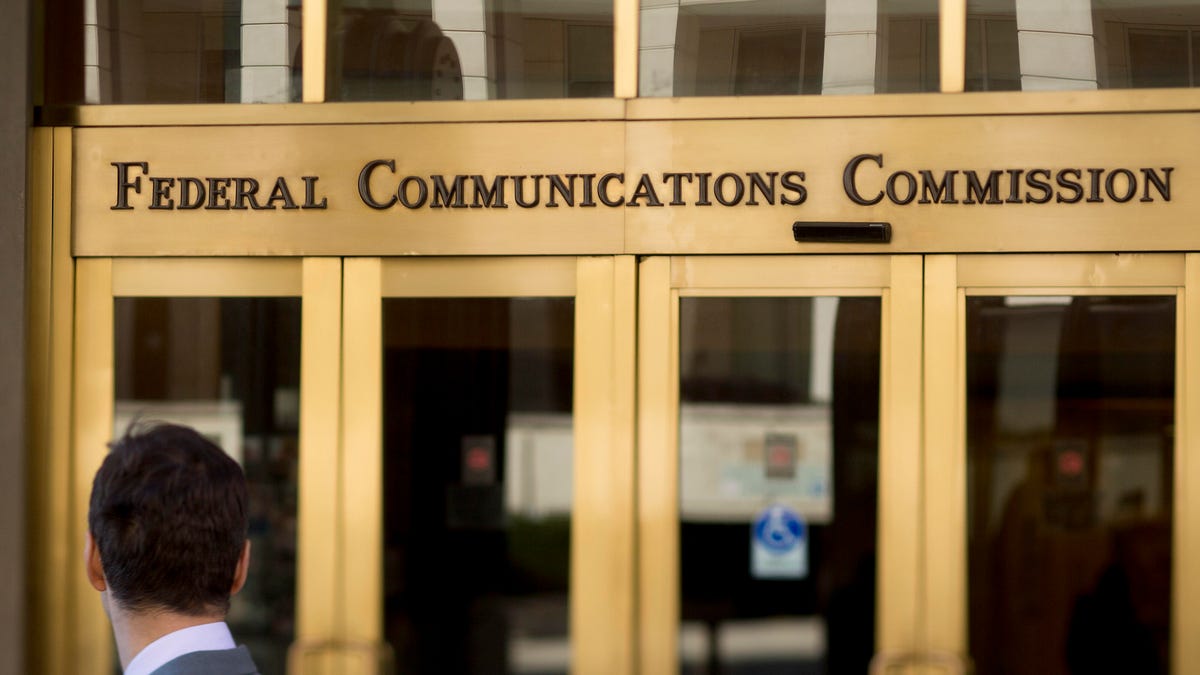Schools and libraries can apply for FCC broadband relief funds starting Tuesday
The FCC's Emergency Connectivity Fund aims to help schools and libraries close the digital divide and homework gap.

The FCC program was created through President Joe Biden's America Rescue Plan.
The Emergency Connectivity Fund, the program run through the Federal Communications Commission to subsidize broadband connectivity and devices for schools and libraries in response to the coronavirus pandemic, will begin accepting applications for funding starting Tuesday. This program is designed to help narrow the digital divide and homework gap that has left out millions of Americans, including school-age children and other vulnerable populations, who have traditionally relied on public libraries for internet access.
The $7.17 billion Emergency Connectivity Fund Program, created through President Joe Biden's $1.9 trillion American Rescue Plan, will provide funding for schools and libraries across the country to buy laptops, tablets, Wi-Fi hotspots and broadband connections to help students and teachers access the internet for distance learning. Unlike traditional federal E-rate dollars, which are provided to schools and libraries through the FCC's Universal Service Fund, to help get those physical locations connected to the internet, the Emergency Connectivity Fund money can be used to serve students, school staff or library patrons who are off-campus.
The FCC established rules for the program in May. The agency will begin accepting applications for the initial allocation of funds from eligible institutions on June 29 through Aug. 13. The funds can be used by schools and libraries to defray their costs and must be used between July 1, 2021 through June 30, 2022.
This program is separate from the $3.2 billion Emergency Broadband Benefit program, which the FCC began administering in May. Under the EBB program US broadband consumers, who qualify for public benefits due to low income and others who have been affected by the pandemic, can get a $50 subsidy to help pay for their home internet service. Households on Native American lands can get a subsidy of up to $75 a month. The benefit also provides $100 toward buying a laptop or tablet.
The pandemic has shed a light on the inequities between people with and without access to high-speed internet. For millions of Americans, the digital divide exists because they live in a rural part of the country where broadband infrastructure simply isn't available. For other families in rural and suburban markets, broadband service may be available but unaffordable. During the pandemic, students without internet service haven't been able to attend school. And adults who can't go into offices have been unable to work remotely.
Both the Emergency Broadband Benefit and the Emergency Connectivity Fund programs come at a time when the FCC estimates there may be 17 million children across the US who don't have access to the broadband needed for remote learning. Experts note that those children are disproportionately from communities of color, low-income households and live on tribal lands and in rural areas.
Closing the digital divide is a key aspect of Biden's proposed $1.2 infrastructure plan. Initially, Biden proposed spending $100 million on solving the issue. That figure has since been revised to $65 million, as part of a tentative deal that Republicans and Democrats have hashed out on the legislation.

